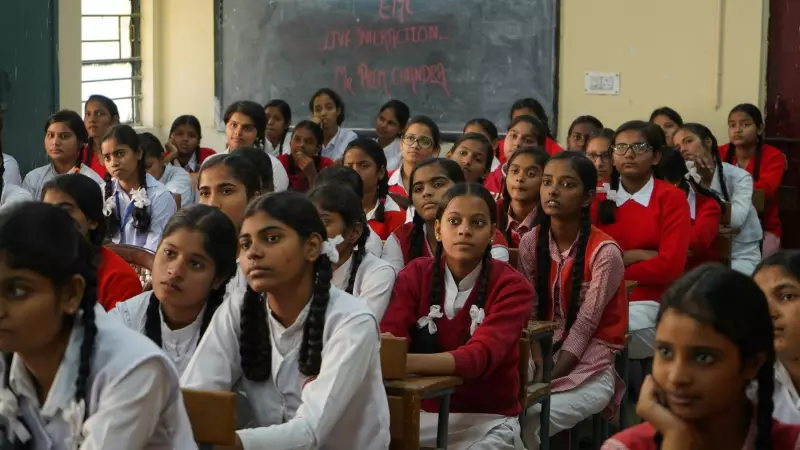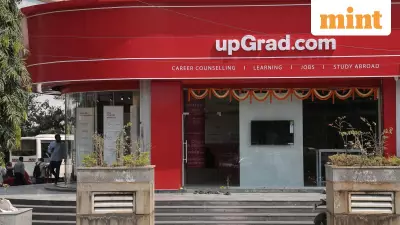
In an extraordinary educational transformation, students from Eklavya Model Residential Schools (EMRS) have achieved a monumental breakthrough in India's most challenging entrance examinations. The 2024-25 academic year witnessed 597 tribal students qualifying for premier engineering and medical entrance tests, marking a dramatic improvement from just two successful candidates in 2022-23.
Historic Performance Breakdown
According to official data released by the Ministry of Tribal Affairs, the remarkable achievement includes 219 students clearing JEE Main, 34 qualifying for JEE Advanced, and 344 cracking NEET UG. This represents one of the most significant educational success stories emerging from tribal communities in recent years.
The success spans across 12 Indian states, with students from 101 out of 230 EMRS schools offering Class 12 education making it to the prestigious ranks of qualifiers. This widespread achievement demonstrates the program's effectiveness across diverse geographical regions.
State-Wise Excellence Highlights
Gujarat and Madhya Pradesh emerged as top performers, with Gujarat producing 173 NEET qualifiers alongside 37 JEE Main and 3 JEE Advanced successful candidates. Madhya Pradesh followed closely with 115 NEET qualifiers, 51 JEE Main, and an impressive 10 JEE Advanced qualifiers.
Other notable performances include Telangana with 60 JEE Main qualifiers, 10 JEE Advanced successes, and 24 NEET achievements. The regional distribution shows consistent performance across both northern and southern states, reflecting the program's nationwide impact.
EMRS: Transforming Tribal Education
The Eklavya Model Residential Schools scheme, established by the Ministry of Tribal Affairs, has been instrumental in this educational revolution. Currently, 485 EMRS schools are operational, educating more than 1.38 lakh tribal students across India. The program aims to establish 722 schools, with financial support provided under Article 275(1) of the Constitution.
These institutions provide completely free education affiliated with the CBSE curriculum, along with boarding facilities, meals, and comprehensive healthcare services. The program specifically targets rural and remote areas, ensuring that tribal children from the most underserved communities receive quality education.
Launched initially in 1997-98, the EMRS scheme received significant expansion following the Union Budget of 2018-19. The program's mandate includes establishing schools in every block with over 50% tribal population and at least 20,000 tribal residents.
This educational initiative represents a crucial step toward bridging the opportunity gap for tribal youth, offering holistic development that encompasses academics, sports, and overall personality development. The dramatic increase from 2 qualifiers in 2023 to 597 in 2025 demonstrates the program's growing effectiveness and the immense potential of tribal students when provided with equal educational opportunities.





